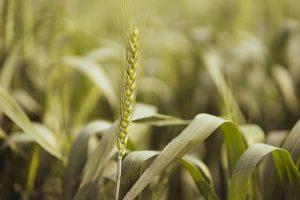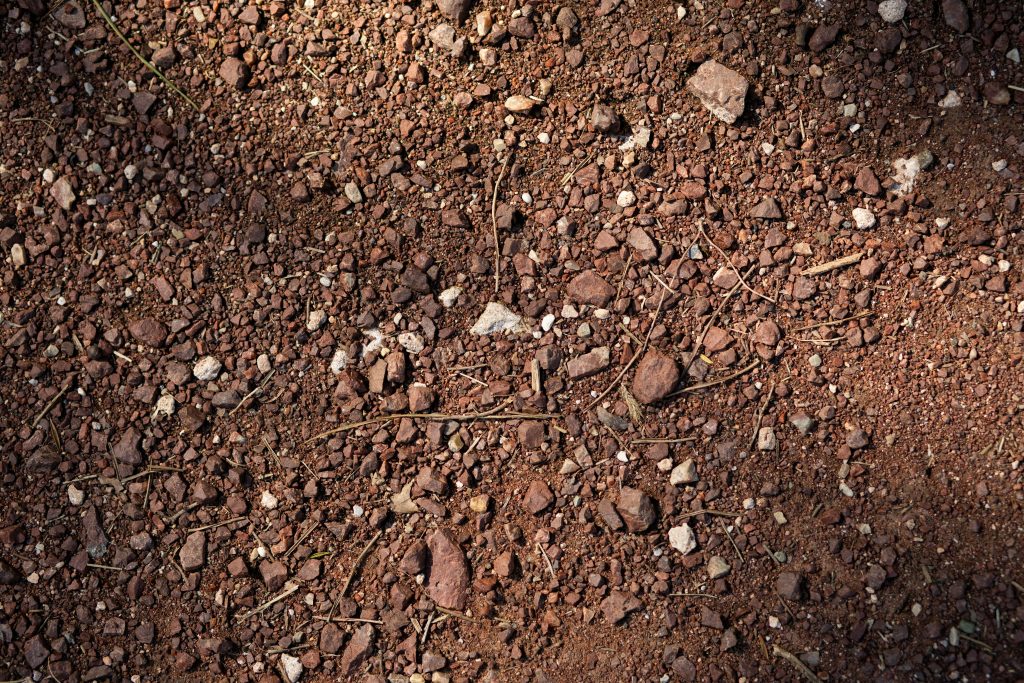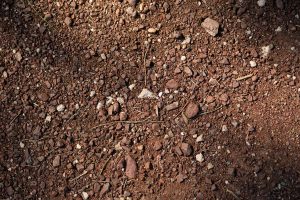
Gypsum in Fall Cover Crops: Strengthening Roots and Soil Biology
Cover crops are one of the most effective tools for improving soil health and preparing beds for the next growing season. Whether planted in market

Fall is often seen as the winding down of the growing season, but for seasoned farmers, landscapers, and gardeners, it is also the beginning of next year’s success. The steps you take in October and November to build soil health determine how well your crops perform when spring arrives. Among the most important actions you can take in fall soil preparation is supplying potassium through potash.
Potash, the common name for muriate of potash or potassium chloride, provides potassium in its most concentrated form. As the third number in the N-P-K ratio, potassium is essential for resilience, quality, and long-term soil balance. It strengthens plant tissues, improves water regulation, and enhances disease resistance. When used in fall soil prep, potash builds stronger beds that are more resilient to winter weather and ready to support vigorous spring planting.
At Supply Solutions LLC, muriate of potash (0-0-60) is available to help farmers, landscapers, and home gardeners build soil fertility effectively and economically.
Potassium is sometimes overlooked compared to nitrogen and phosphorus, but it is equally vital. For soil preparation, potassium plays unique roles:
Without enough potassium, soils produce weaker crops that are more vulnerable to stress.
Fall provides the perfect opportunity to incorporate potash into your soil management plan.
By applying potash in October, growers ensure soils are fertile, balanced, and resilient for spring.
For commercial growers, soil fertility is directly linked to profitability. Potash provides measurable advantages:
For farmers preparing fields in fall, potash is an affordable and reliable investment in next year’s harvest.
Landscapers who manage vegetable beds, ornamental plantings, or turf areas benefit from potash in fall soil prep as well.
For landscapers, fall potash applications make spring planting more successful and less labor-intensive.
Home gardeners also see clear results from applying potash in fall.
For backyard growers, potash is a straightforward way to improve both soil and crop performance.
While all crops need potassium, some benefit especially from fall soil enrichment.
By preparing soil in fall, growers ensure these crops thrive in spring and summer.
Avoiding these mistakes ensures potash works effectively in soil preparation.
Potassium is highly mobile in plants but moderately mobile in soil. In sandy soils, it leaches quickly, while in clay soils, it can become fixed and unavailable. Applying potash in fall allows time for it to move into the soil profile and become available for spring planting. Paired with gypsum, potash helps improve soil flocculation and balance, creating a healthier environment for roots.
Long-term use of potash ensures soils remain balanced across multiple cropping cycles. When combined with organic matter and cover crops, potassium enhances soil biology and resilience, making gardens and fields more productive year after year.
At Supply Solutions LLC, muriate of potash (0-0-60) is selected for quality and consistency. Farmers, landscapers, and home gardeners can trust it to deliver potassium efficiently, improving soil fertility and plant resilience. With guidance and expertise, Supply Solutions LLC provides more than products — it provides solutions that support long-term soil health.
Fall is not the end of the growing season but the beginning of the next. By applying potash in October, growers build soil resilience, improve fertility, and ensure beds are ready to support vigorous crops in spring. Potassium strengthens tissues, improves water use, and enhances disease resistance, making it one of the most important nutrients for fall soil prep.
For muriate of potash and other trusted fertilizers, visit Supply Solutions LLC. Reach us through our contact form, message us on Facebook, call 503-451-1622, or email sales@mysolutionssupply.com to get the products and guidance you need for stronger soils and healthier crops.

Cover crops are one of the most effective tools for improving soil health and preparing beds for the next growing season. Whether planted in market

Fall is often seen as the winding down of the growing season, but for seasoned farmers, landscapers, and gardeners, it is also the beginning of
Give us a call or visit our store, and we’ll help you find the right solution for your business.
© Supply Solutions LLC 2025